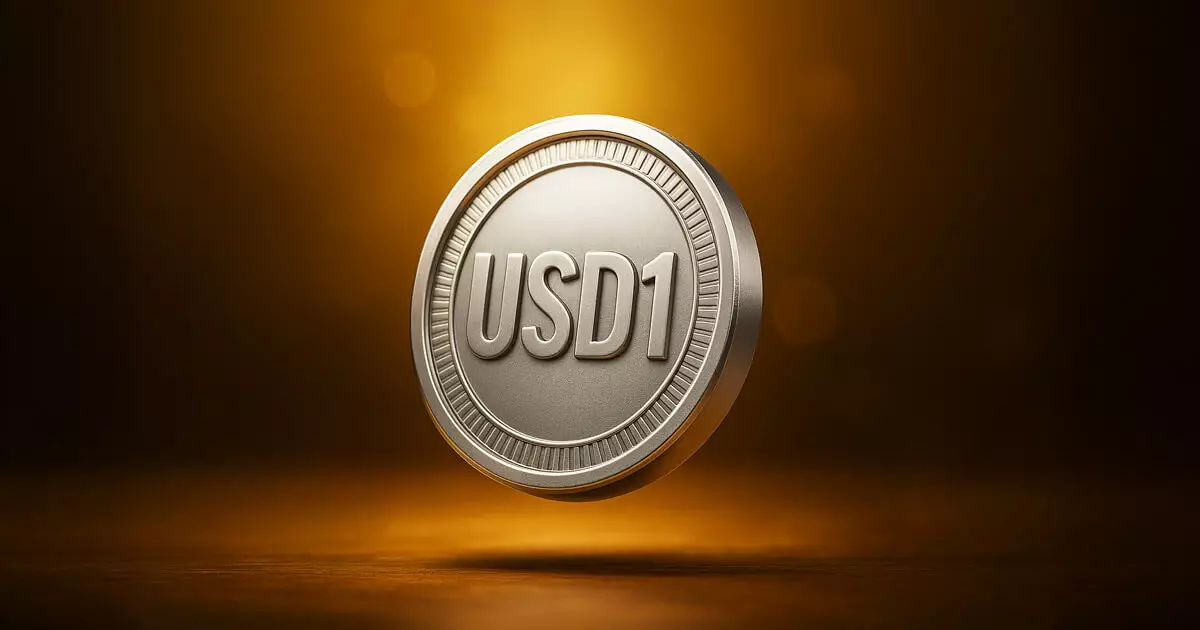The recent decision by Binance, the world’s largest cryptocurrency exchange by trading volume, to list USD1— a stablecoin from World Liberty Financial (WLFI), an entity associated with the Donald Trump family—raises eyebrows for multiple reasons. This isn’t merely a financial maneuver; it’s a provocative blend of politics and commerce. While some may celebrate the push for a more democratized financial landscape, the association with a politically charged figure like Trump brings to the forefront questions about credibility and consumer trust. The aura surrounding the Trump name is far from neutral, and this partnership risks alienating potential users who are wary of political entanglements.
Geographical Restrictions and Their Implications
Despite Binance’s ambitions to broaden the horizon for USD1, significant geographical restrictions limit who can actually utilize this new asset. Users in regions like the European Economic Area, Canada, and specific territories across the U.S. face a stark exclusion from trading. This raises a crucial concern about the supposed global accessibility of a stablecoin aimed at empowering the unbanked. How can WLFI sincerely claim to support 1.4 billion unbanked individuals if these same individuals cannot access the very tool designed to assist them? The irony of promoting financial inclusivity while imposingly limiting access is glaring and merits scrutiny.
Competitive Landscape: Is It Too Little, Too Late?
The listing of USD1 might appear as a strategic triumph for Binance, but the market is rapidly evolving. With other platforms like KuCoin and HTX already embracing the USD1 stablecoin, Binance risks entering a crowded field. Although its support could bolster USD1’s prominence, the question remains: Can it capture significant market share? The crypto sector thrives on novelty and speed, and setting foot in a late-game scenario could underwhelm Binance’s ambitions. The competitive landscape poses a daunting dilemma for USD1’s adoption and growth trajectories, overshadowing potential fanfare with skepticism.
Ambitions of WLFI: Aiming for Financial Utopia?
Zach Witkoff, co-founder of WLFI, claims they’re on a quest to empower the unbanked and revolutionize finance—an admirable goal that resonates with many. However, this vision seems hasty given the complexities of financial technologies and the deep-rooted issues surrounding accessibility. The idea of integrating USD1 with Chainlink’s Cross-Chain Interoperability Protocol (CCIP) is certainly innovative and reveals their aim for adaptability across different blockchain systems. Still, the transformation of financial ecosystems to serve millions requires far more than nifty partnerships; it necessitates an earnest commitment to tackle the structural obstacles that prevent financial access.
The Trust Factor: Backing by U.S. Treasuries
While USD1 boasts a peg to the U.S. dollar and claims to simplify digital payments, its backing by U.S. Treasuries does raise an intriguing point about trust and stability in volatile markets. It advocates for the dominance of the dollar, all while riding the crypto wave that inherently thrives on decentralization. This contradiction invites skepticism about whether the dollar-backed stablecoin can genuinely foster the inclusive, borderless financial landscape WLFI envisions. The reliance on a centralized asset for a product aimed at the decentralization of finance feels paradoxical, underscoring concerns over the long-term viability of such a model in an ecosystem that seeks autonomy from traditional financial structures.


Leave a Reply